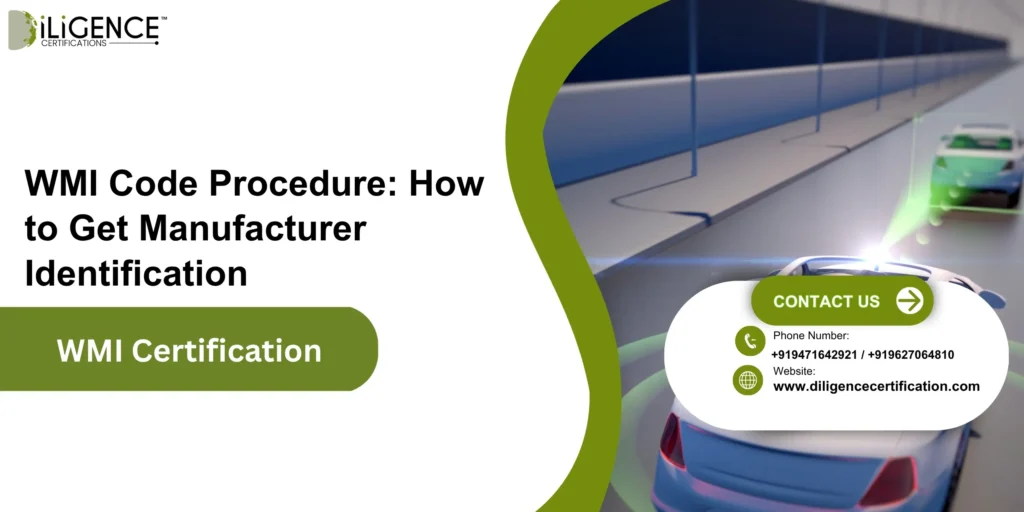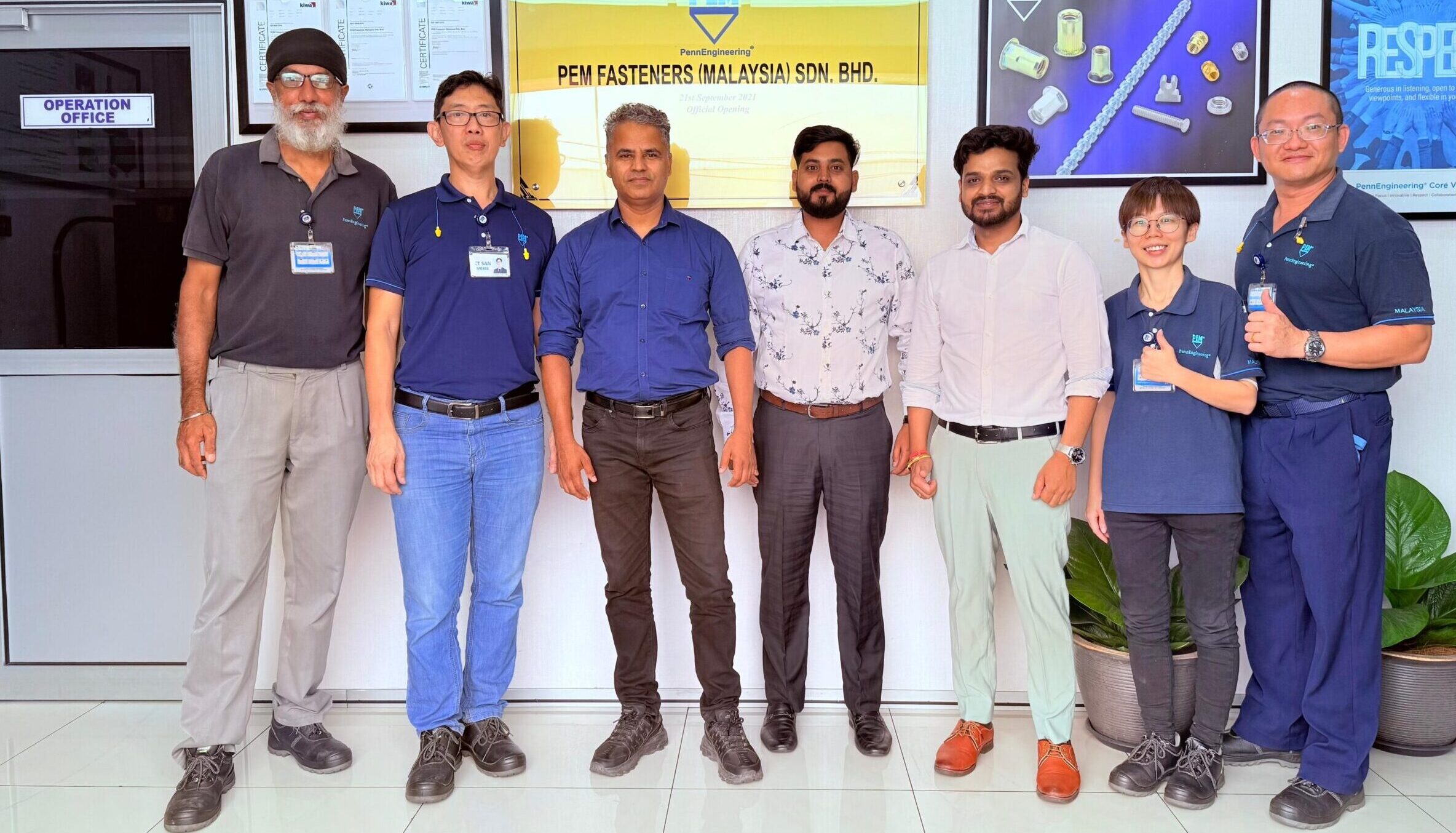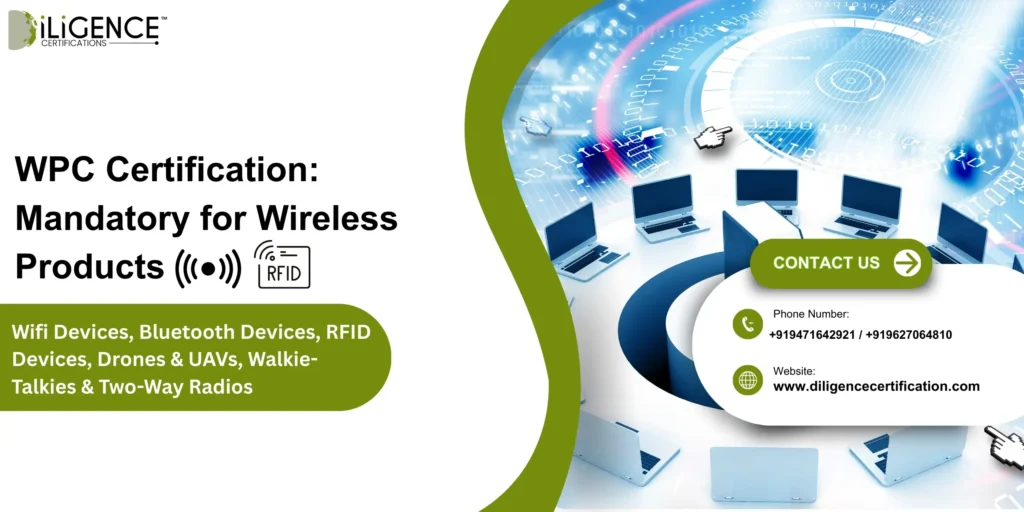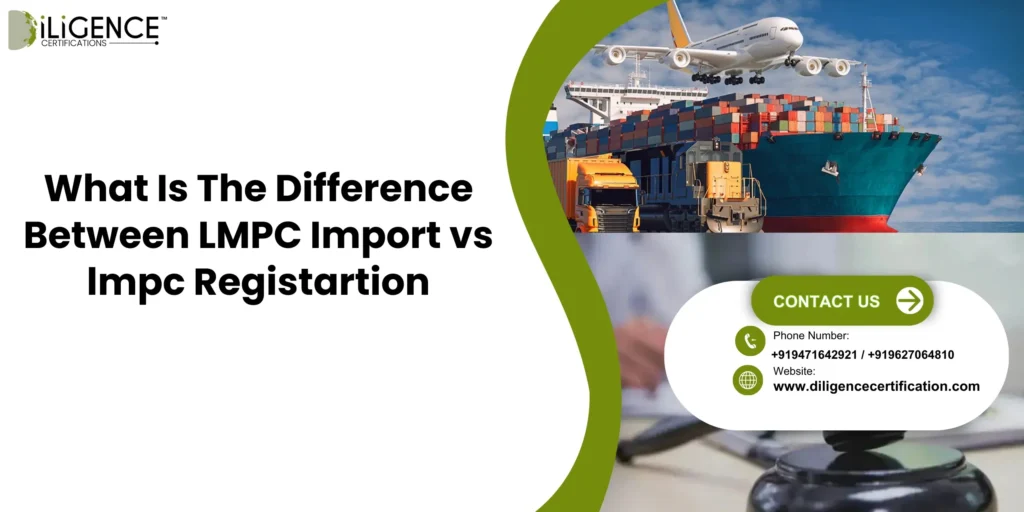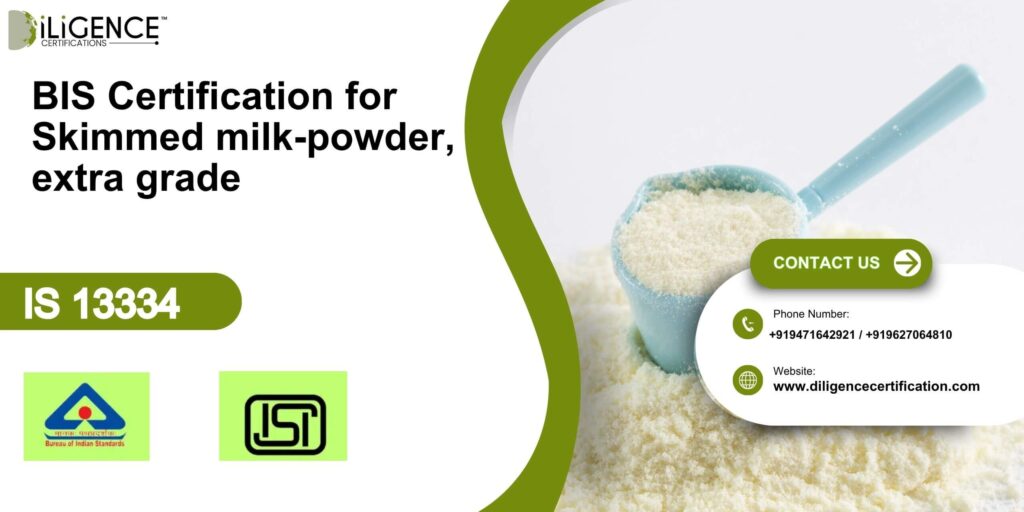- The World Manufacturer Identifier (WMI code Procedure) procedure is a unique three-character identifier provided to vehicle companies by the ISO which serves to identify a vehicle’s origin and the vehicle manufacturer.
- Even though it is the first part of the Vehicle Identification Number (VIN), it is trackable worldwide for every vehicle.
- Understanding the WMI code process enables manufacturers in India and abroad to have compliance with the WMI code, authenticity and readiness for an export market.
Introduction
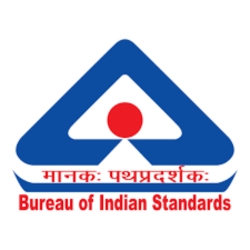
Several years ago, a nascent company’s electric scooter start-up in Pune was ready to ship its first batch of electric scooters to Europe. Each unit had a metal plate with a VIN number engraved on it, but customs stopped the delivery. The reason? The VINs did not have a valid World Manufacturer Identifier (WMI) — a code that identifies who manufactured the vehicle and where it was manufactured. For the nascent company, it was an unpleasant surprise. Their innovation was excellent, but their compliance was not. It was just a single missing code that resulted in weeks of delay, huge demurrage charges, and a damaged reputation.
This isn’t an isolated example. Every vehicle manufacturer, whether it manufactures two-wheelers, buses, tractors, or electric automobiles, must understand the process of registering for a WMI code. Without a WMI code, even the most ingeniously engineered vehicle may never be able to cross a border and gain sales approval.
What Is a VIN Number (Vehicle Identification Number)?
A VIN is a global, standardized 17-character alphanumeric code that is assigned to every motor vehicle. It is like a fingerprint — a unique number that no two motor vehicles will share.
That VIN tells us important information:
- Manufacturer and country of manufacture
- Vehicle type and specifications
- Model year and manufacturing plant
- Production serial number
In India, the vehicle identification number (VIN) is important to all vehicles because of regulations. It is needed to register them, insure them, warranty claims, and recalls.
The complete vehicle identification number is made up of three main parts:
- WMI – World Manufacturer Identifier (first three characters)
- VDS – Vehicle Descriptor Section (characters 4–9)
- VIS – Vehicle Identifier Section (characters 10–17)
Understanding the first part — the WMI code — is the foundation of the entire system.
What Is the World Manufacturer Identifier (WMI)?

The World Manufacturer Identifier (WMI) is a unique three-character identifier that, when combined with the vehicle’s existing characters, identifies the vehicle manufacturer and which part of the world or what country it was built in.
It is the first step to creating a VIN that is compliant and helps authorities globally, importers, and service departments connect to the source of manufacture.
Purpose of WMI
- Identifies the legal manufacturer
- Specifies the manufacturing country or region
- Prevents duplication or fraud in VIN assignment
- Enables accurate record keeping across global databases
- Supports safety recalls and product tracking
In short, if the VIN is a passport, the WMI is the nationality and signature on that passport.
Structure of the WMI Code
Each WMI is made of three characters:
- First Character: Indicates the geographical region (e.g., M = India, J = Japan, W = Germany)
- Second Character: Represents the country or sub-region within that area
- Third Character: Identifies the specific manufacturer or division
Example:
- MA1 – A WMI for an Indian manufacturer
- WBA – Assigned to BMW (Germany)
- JHM – Assigned to Honda (Japan)
Together, these three characters uniquely identify every manufacturer in the world.
Why the WMI Code Matters?
A valid WMI code means your VINs are legally identifiable, traceable and verifiable in the world. Manufacturers use it for compliance purposes and authorities or consumers can use it for verification of authenticity.
Benefits of WMI registration:
- Compliance: ISO 3780 and in accordance with any local automotive recording regulations.
- Traceable: Capability to identify vehicles globally during recalls or export.
- Brand authentic: Ability to prove the vehicle was built or assembled by an authentic manufacturer.
- Internationally accepted: Exportation, homologation, and customs.
- Customer trust: Buyers can decode and confirm the vehicle’s origin.
Without a WMI, even a perfectly built vehicle may not be legally recognized in another country.
Difference Between WMI and VIN
| Feature | WMI (World Manufacturer Identifier) | VIN (Vehicle Identification Number) |
| Definition | Three-character manufacturer code | 17-character complete vehicle identifier |
| Scope | Identifies manufacturer and country | Identifies manufacturer, model, type, plant, and serial |
| Purpose | Manufacturer recognition | Full vehicle traceability |
| Standard | ISO 3780 | ISO 3779 |
| Example | MA1 | MA1AA1234KX456789 |
Understanding ISO 3780 and ISO 3779
Today, in the world of automotive manufacturing, regardless of whether it is an India-made 2-wheeler or a German luxury sedan, all vehicles on the road exist with a unique identity known as the Vehicle Identification Number (VIN). VINs are not just a serial number, but more similar to a digital fingerprint that mathematically associates a vehicle with its manufacturer, point of origin, and specifications. This identification is operationally governed globally based on two international standards under ISO legislation: ISO 3780 and ISO 3779.
Like all ISO standards, the International Organization for Standardization (ISO) applies uniformity to the critical components of each Vehicle identification number (VIN) to ensure information is traceable and transparent. This provides assurance of authenticity and history to authorities/manufacturers and the consumer, regardless of where the vehicle is manufactured.
What is ISO 3780:2009 – The Standard for World Manufacturer Identifier (WMI)
ISO 3780:2009 is an internationally recognized standard named “Road Vehicles – World Manufacturer Identifier (WMI) Code.” The standard outlines both the allocation of WMIs and their meaning as the first three characters of the VIN.
Each WMI uniquely identifies a vehicle manufacturer and the country in which the vehicle was manufactured. For example:
- MA1 — Mahindra & Mahindra (India)
- WDB — Mercedes-Benz (Germany)
- JHM — Honda Motor Co. (Japan)
Under ISO 3780, every manufacturer receives a three-character WMI code that is allocated by a national authority or organization (e.g., the Bureau of Indian Standards – BIS in India). The WMI allows for identifying the vehicle’s manufacturer, and no two manufacturers anywhere in the world have the same WMI.
ISO 3780 was developed to facilitate international trade and regulation of vehicles, and to aid in recall administration, safety monitoring, emissions, anti-counterfeiting, etc. All of this is possible because enforcement authorities can identify the vehicle’s manufacturer and country of origin instantaneously.
ISO 3779:2009 – The Standard for Vehicle Identification Number (VIN)
While ISO 3780 established the identity of the manufacturer, ISO 3779:2009 describes the overall structure of the Vehicle Identification Number (VIN), which is a 17-character alphanumeric code that encodes information about the vehicle in detail. The VIN has three major sections:
- The WMI (World Manufacturer Identifier) – The first three characters which identifies the manufacturer and country (according to ISO 3780);
- The VDS (Vehicle Descriptor Section) – The following six characters describing the attributes of the vehicle, e.g. model, body type, engine type, etc.; and
- The VIS (Vehicle Identifier Section) – The last eight characters serve as a serial number unique to that vehicle’s production.
For example, in the VIN MA1JU2TV5KG123456, MA1 is the WMI (Mahindra, India), JU2TV5 is the VDS (vehicle details), and KG123456 is the VIS (production serial number).
ISO 3779:2009 establishes the VIN standard for the VIN to be identified and used worldwide in vehicles, along with a standard VIN that is part of data exchange in the host country, in law enforcement and for automotive companies.
Relationship Between ISO 3780 and ISO 3779
Both standards work hand-in-hand to maintain a standardized vehicle identification ecosystem:
| Standard | Focus Area | Function |
| ISO 3780:2009 | World Manufacturer Identifier (WMI) | Identifies manufacturer and country |
| ISO 3779:2009 | Vehicle Identification Number (VIN) | Defines full VIN structure including vehicle attributes |
Without ISO 3780, the VIN would lack global manufacturer recognition; without ISO 3779, the VIN would lack structure and consistency. Together, they form the foundation of vehicle traceability worldwide.
Why These Standards Matter?
Both ISO 3780 and ISO 3779 have changed the game for tracking, selling, and servicing vehicles. The implications are:
- Transparency: It provides a vehicle with a globally recognized identity.
- Traceability: It makes managing a recall and tracking defects simple.
- Anti-Fraud: It prevents counterfeit or cloned vehicle identification (IDs).
- Regulatory Compliance: It meets customs compliance, safety, and environmental regulations on a global basis.
- Consumer Confidence: Consumers are able to establish a vehicle’s authenticity based on the VIN.
For example, when a manufacturer applies for BIS registration for an automotive product in India, compliance is assured when the product follows ISO 3780 and ISO 3779, ensuring the identification system is met on a national and global basis.
What Is the WMI Code Procedure Registration?
Registering a WMI code is a formal, structured process that involves submitting documentation, validation by authorities, and registration with international agencies.
In India, the work is done through the Bureau of Indian Standards (BIS) and the global registration authority (SAE International).
Let’s go step-by-step.
Step 1: Confirm Eligibility
Be sure you are a legitimate vehicle manufacturer before applying:
- You must have a registered manufacturing facility in India.
- You must manufacture complete vehicles (not just parts).
- You must be registered with proper GST and company documents.
- A recognized agency (e.g. ARAI or ICAT) should have approved a production or homologation plan.
2. Prepare Required Documents
Below is a list of the documents typically required for WMI registration in India, such as:
- Certificate of Incorporation or Partnership Registration
- GST Registration Certificate
- Factory License or Udyam Certificate
- Proof of your manufacturing location (ownership or lease)
- Product type (e.g., EV two-wheeler, four-wheeler, bus, etc.)
- The VIN of your existing or proposed structure
- Contact details of authorized representative
- Management’s signed declaration verifying accuracy of the information in the documents
- Be sure that all documents are current, the same, and in the entity name of the manufacturer.
Step 3: Submit the Application
After your documents are prepared, submit the WMI Application Form to Bureau of Indian Standards (BIS) or appointed body authorized for automotive manufacturer identification.
The application includes:
- Company details
- Type of vehicles manufactured
- Proposed production start date
- Details of manufacturing plants
- Previous WMI (if any)
Incorrect or incomplete details often delay processing, so double-check every section before submission.
Step 4: Verification of Documents
BIS officials review your submission. They may request additional information such as:
- Proof of vehicle production or testing reports
- Clarification on product category
- Factory photographs or layout plans
- Proof of legal ownership or lease of the premises
This verification ensures that only genuine manufacturers receive WMI codes.
Step 5: Allotment of WMI Code
- Once verified, BIS proposes a unique three-character code from India’s designated range (typically starting with “MA” to “ME”).
- The assigned code is then confirmed with the international registry managed by SAE International, ensuring it’s globally unique.
- After approval, you’ll receive an official WMI Certificate that allows you to integrate this code into your VIN structure.
Step 6: Implementation in VIN System
After receiving your WMI, you must embed it into the VINs of all vehicles you manufacture.
For instance, if your WMI is MAV, every vehicle VIN should start with “MAV.”
Example VIN:
MAVBX12345KJ567890
Here:
- MAV = WMI
- BX12345 = VDS (Vehicle Description Section)
- KJ567890 = VIS (Vehicle Identifier Section)
Manufacturers must ensure VIN uniqueness and maintain internal records for every vehicle produced.
Step 7: Post-Issuance Compliance
After allocation, the manufacturer must:
- Maintain VIN generation logs.
- Avoid duplication or misuse of codes.
- Inform BIS if production is suspended or transferred.
- Update any major company changes that may affect identification.
Failure to maintain compliance may lead to cancellation or blacklisting of your WMI.
Timeframe and Validity
- Processing Period: Generally 2-6 weeks based on how quickly they can complete verification.
- Validity: Permanent as long as the company remains in business and manufacturing.
- Renewal: Only if you or the entity change the name.
If your entity restructures, merges, or goes through a name change, you are required to notify BIS for an update or modific anymore along with a new issue of WMI code.
How to Decode a VIN Number?
A Vehicle Identification Number (VIN) might look complex, but each section has meaning.
Example VIN: MAWZX12345LM567890
| Position | Section | Meaning |
| 1–3 | WMI | Manufacturer & Country (MAW) |
| 4–9 | VDS | Vehicle details – model, engine, safety features |
| 10 | Year | Manufacturing year code (L = 2020, M = 2021, etc.) |
| 11 | Plant | Plant code or assembly line |
| 12–17 | VIS | Production sequence number |
Understanding this helps regulatory bodies and service centers track vehicles globally.
Common Mistakes in WMI Code Application
- Incorrect Legal Name: The entity name must match all official documents.
- Incomplete Address Details: Mismatched factory address delays approval.
- Applying Before Facility Setup: Authorities require proof of a functional plant.
- Duplicate Applications: Submitting multiple requests for similar entities can cause rejection.
- Ignoring BIS Communication: Delayed responses to BIS queries extend the process.
A simple audit before submission saves weeks of correction later.
Why Indian Manufacturers Need WMI Certification?
With the rise of electric vehicles (EVs) and export-focused startups, India’s automotive ecosystem is rapidly evolving. Having a valid WMI VIN system positions your brand as globally compliant.
Key reasons to register early:
- Enables international export and homologation.
- Simplifies RTO and transport department approvals.
- Builds trust with insurance and finance partners.
- Prevents counterfeit or fake VIN creation.
- Strengthens supply chain traceability.
Without WMI, vehicles may face customs rejections or be flagged as “unidentifiable origin” in global markets.
Validity, Renewal, and Maintenance
The WMI code, when issued, remains valid permanently as long as the manufacturer is in business.
However, you must inform BIS when:
- Company name changes,
- Factory relocates,
- Ownership or merger changes,
- Change of manufacturing category.
Updating in a timely manner helps ensure the data in the international registries remain accurate and avoids confusion.
How Diligence Certifications Can Help?
At Diligence Certifications, our qualified professionals support automotive start-ups and new manufacturers in procuring their WMI registration, developing the documentation, and building compliant VIN component systems responding to ISO 3779 and ISO 3780.
We provide support through:
- Documentation and verification
- Submission of the application to BIS
- Customs compliant VIN format drafts for each vehicle type
- Post issuance compliance and audit support
We can also help you embed your WMI into your digital traceability or your digital export documentation systems.
Conclusion:
The World Manufacturer Identifier (WMI) is more than just a regulatory code — it is your brand’s DNA for every vehicle you build. It creates a link between your factory floor and global acknowledgement, allowing each car, scooter, or truck to be traceable and trusted.
Knowing what the process is for obtaining a WMI code gives you assurance that your manufacturers meet global identification standards. For every manufacturer with a goal to sell outside of their local market, that little code is the cornerstone of legitimacy, quality, and accountability.
If you’re about to start a new manufacturing facility or are in the process of supporting a new good for export, take action and complete the steps to register your WMI code with BIS today and establish yourself in the automotive map of the world.
Frequently Asked Questions
What is WMI in VIN number?
WMI stands for World Manufacturer Identifier — the first three characters in the VIN that identify the manufacturer and production country.
Who issues the WMI code in India?
The Bureau of Indian Standards (BIS) coordinates WMI code issuance in India in collaboration with the international body (SAE International).
Is WMI code mandatory?
Yes, it is mandatory for all vehicle manufacturers who produce vehicles for road use and registration.
How long does it take to get a WMI code?
The process usually takes 2–6 weeks, depending on document verification and response time.
Can a company have more than one WMI code?
Yes, large manufacturers producing different categories (cars, buses, two-wheelers) may hold multiple WMI codes.
Do I need to renew my WMI code?
No, it is permanent unless your company undergoes legal restructuring or name change.
What happens if I don’t have a WMI code?
Your VINs may be considered invalid, leading to rejection at customs or during registration.
How can I check if a WMI code is valid?
You can verify it through the international WMI registry or through BIS’s official records.
Can startups apply for WMI codes?
Yes, as long as they have a registered manufacturing facility and meet BIS’s eligibility criteria.
Which standards define WMI and VIN?
WMI is defined under ISO 3780 and VIN under ISO 3779.








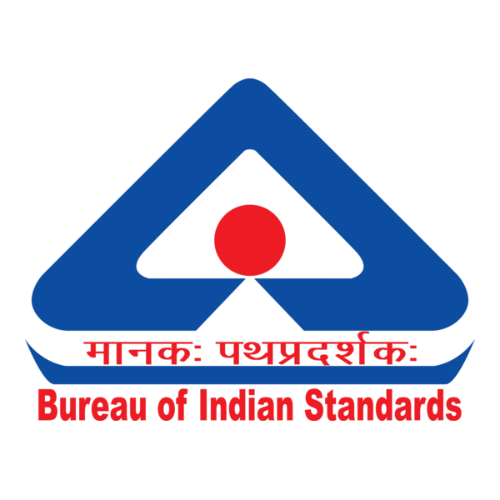 BIS Certification
BIS Certification
 CDSCO
CDSCO
 CPCB
CPCB
 LMPC
LMPC
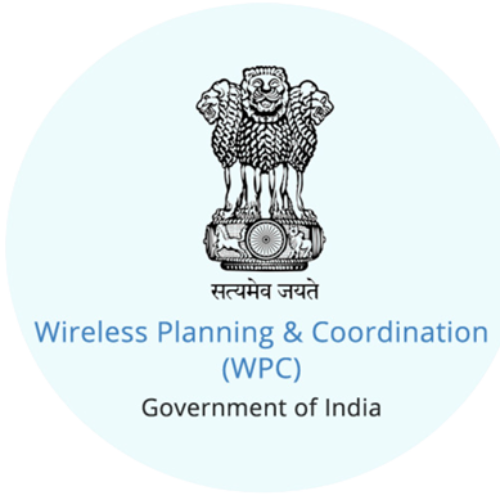 WPC Approval
WPC Approval
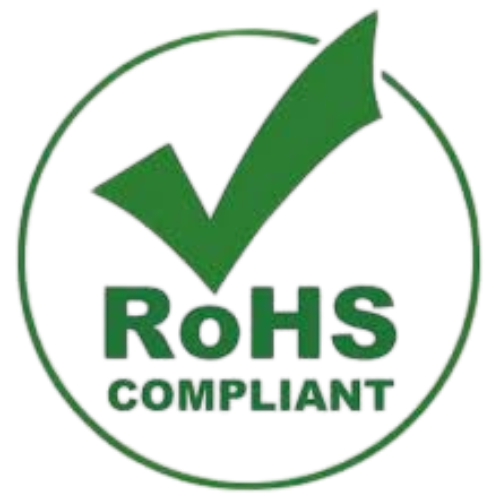 Global Approvals
Global Approvals
 TEC
TEC
 ARAI
ARAI
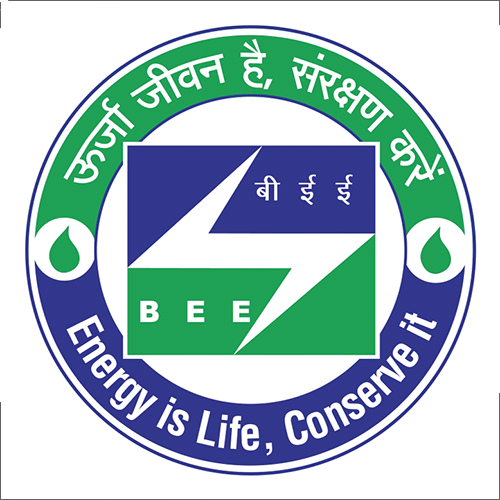 BEE
BEE
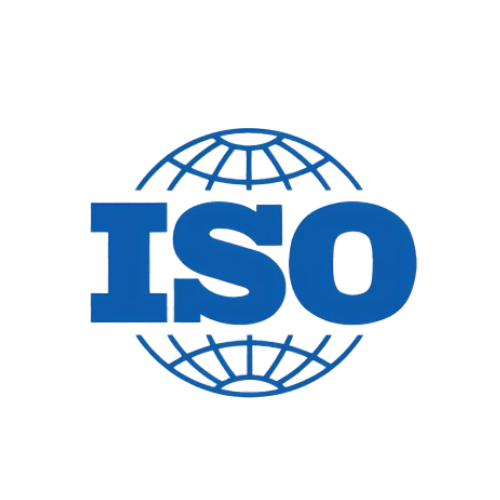 ISO Certification
ISO Certification
 Drone Registration
Drone Registration
 NOC For Steel
NOC For Steel



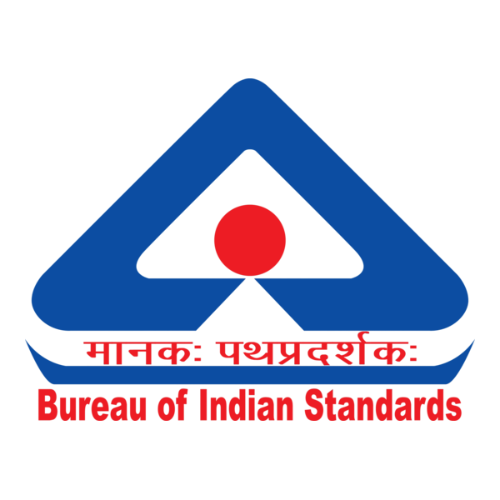




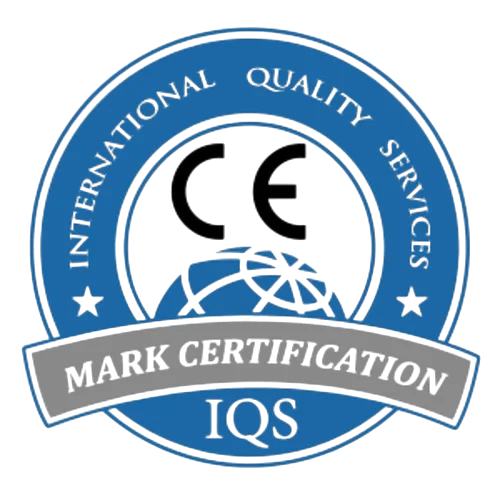




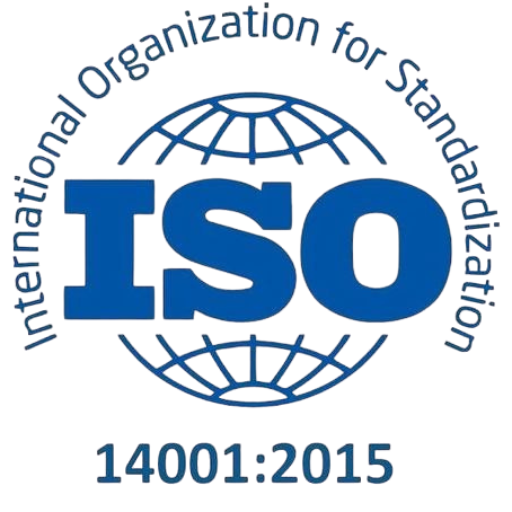
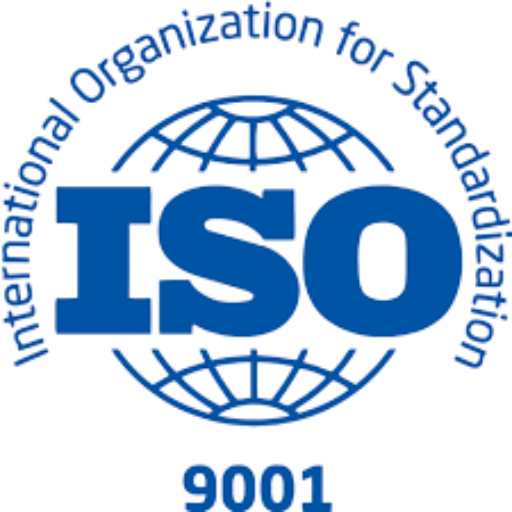
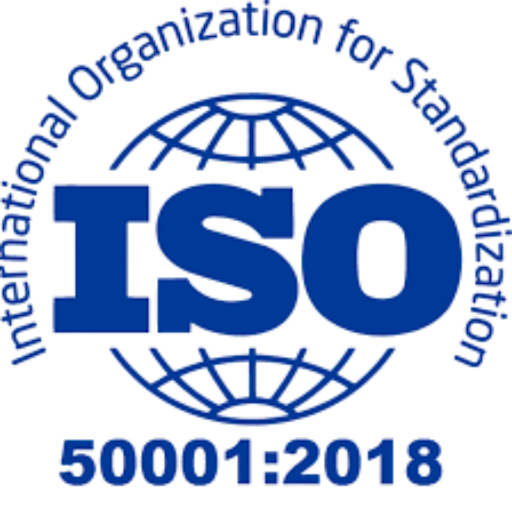
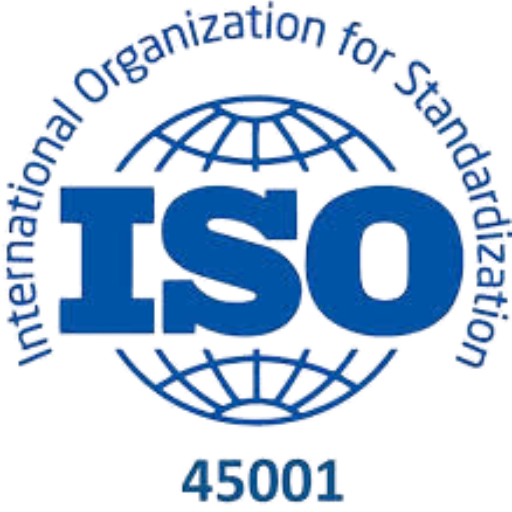
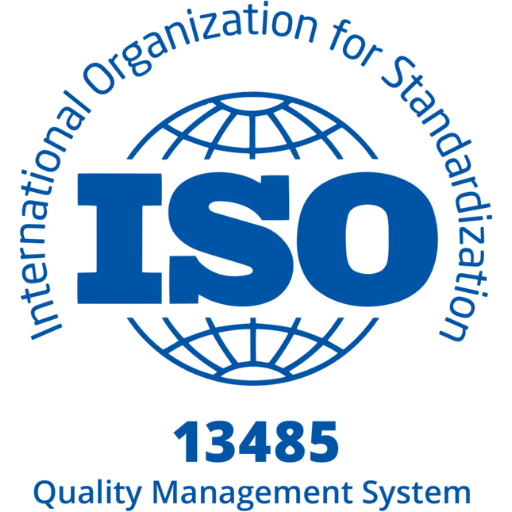
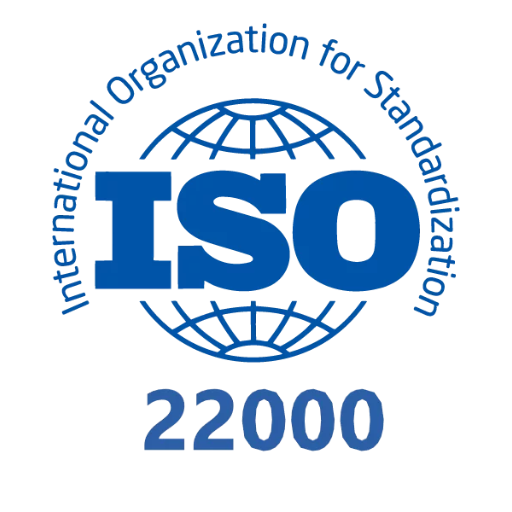
 Business Registration
Business Registration





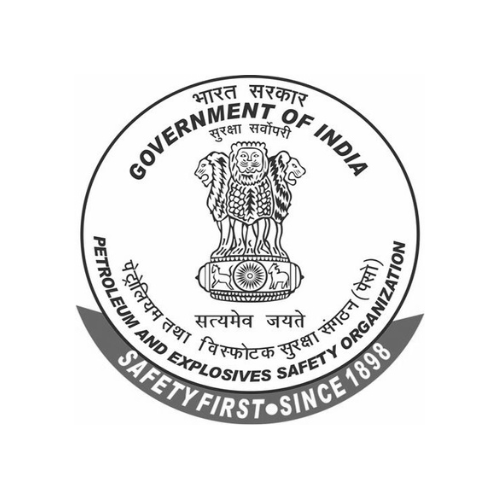






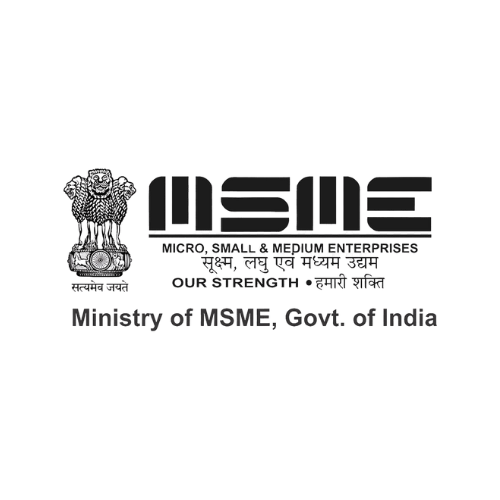


 Legal Services
Legal Services
